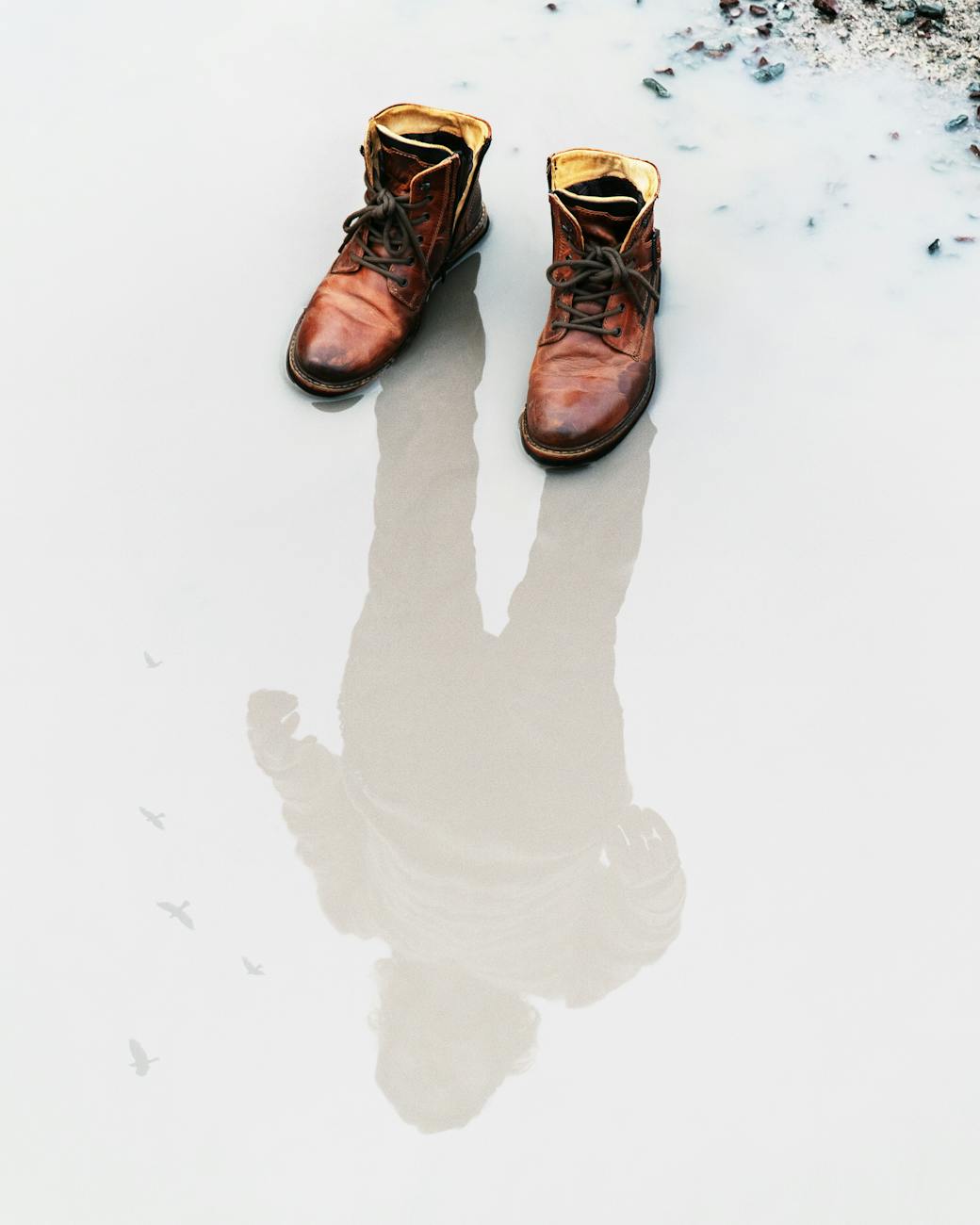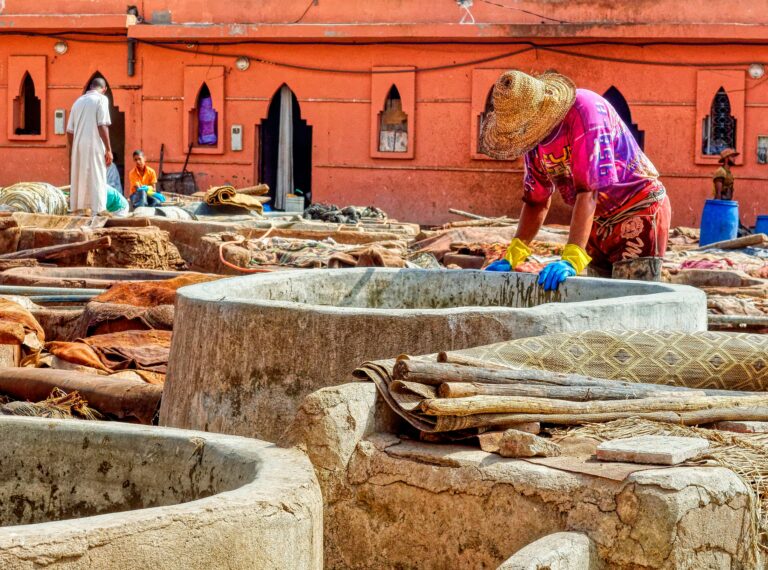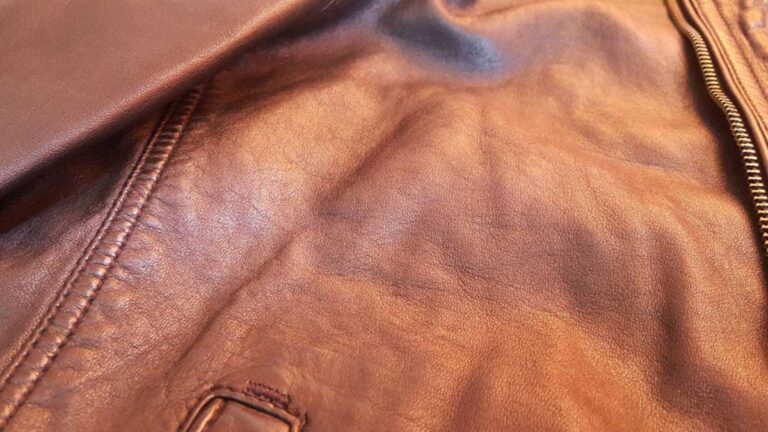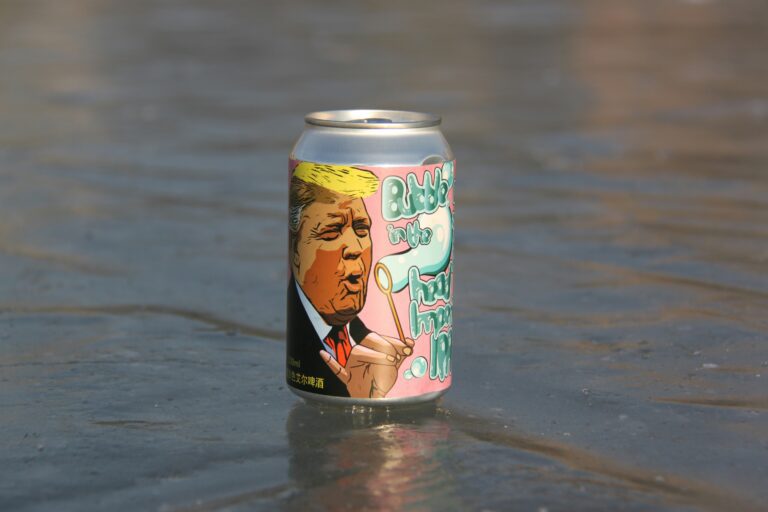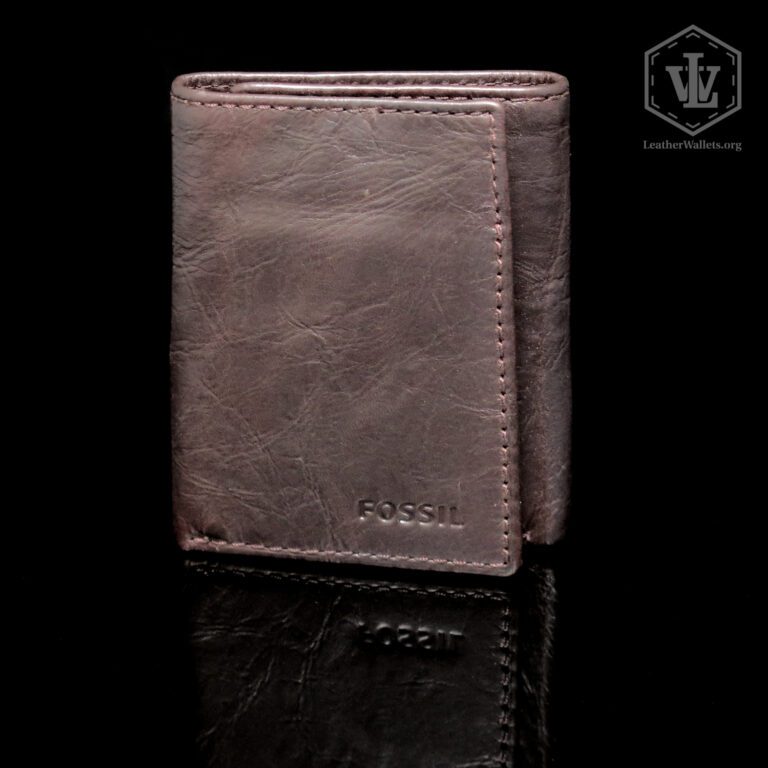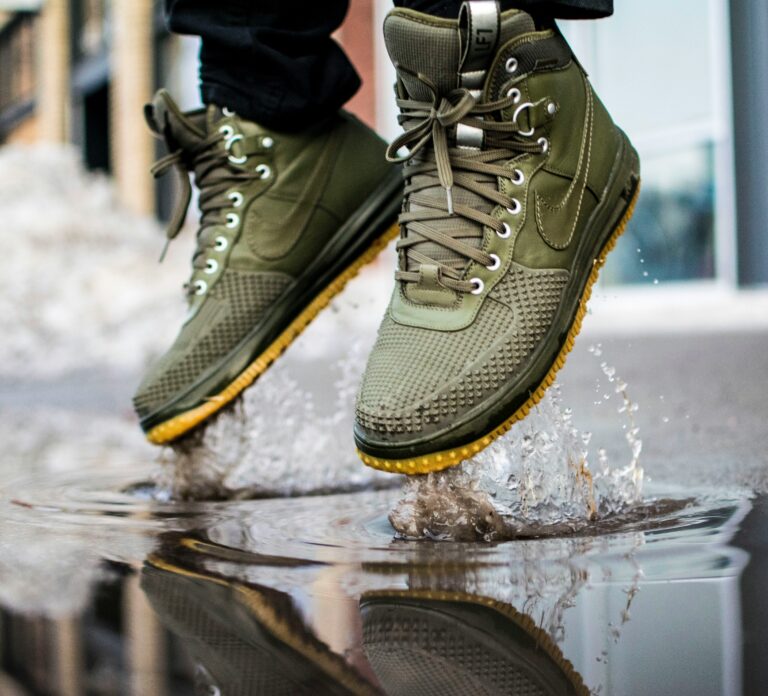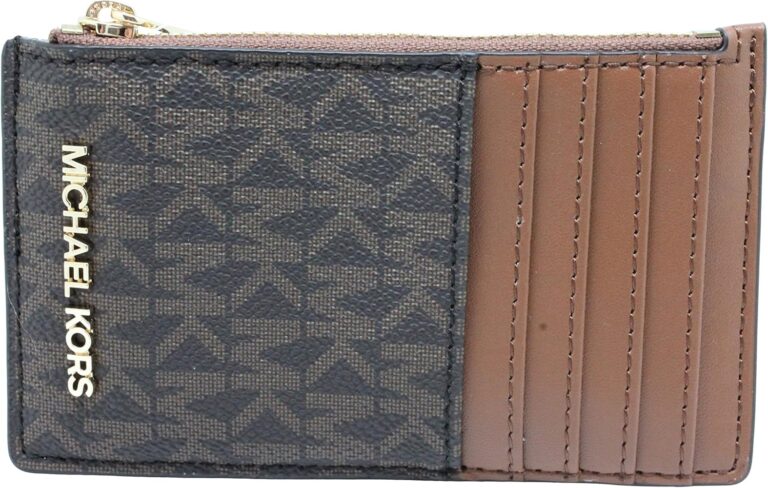Restore Your Leathers Shine: Ultimate Solutions for Water Stains
Leather Stain Removal Basics
Understanding Leather Stains
Leather is a permeable material that can absorb water easily. When water comes into contact with leather, it can disrupt the natural oils and waxes present in the material, leading to discoloration and texture changes (Eiken Shop). Water stains are a common issue and can be reversed with careful drying and conditioning. However, stains from other substances like ink, oil, and grease require different treatment methods. Familiarize yourself with these stain types to effectively tackle them.
Types of Leather Stains:
- Water Stains: Form from water seeping into the pores and fibers of leather, leaving behind dissolved solids or impurities as it evaporates. This is particularly noticeable on lighter-colored leathers.
- Ink Stains
- Oil and Grease Stains
For more detailed information on removing specific stains from leather, visit our guide on how to get water stains out of leather.
Importance of Prompt Removal
Prompt removal of stains is vital for preserving the quality and longevity of your leather items. Water stains, for instance, can leave discolored patches that require immediate attention to avoid permanent damage. Proper stain removal enhances the appearance and lifespan of your leather goods.
| Type of Stains | Prompt Action Required |
|---|---|
| Water Stains | Yes |
| Ink Stains | Yes |
| Oil & Grease Stains | Yes |
Stains such as water spots should be tackled as soon as possible, especially if the water has pooled and not been wiped away promptly (MAHI Leather). By addressing stains immediately, you can prevent long-term damage and keep your leather items looking their best.
For detailed instructions on removing each type of stain, visit our related articles on how to get water stains out of leather shoes and how to get pen out of leather.
Types of Leather Stains
Leather is a luxurious material that can develop various types of stains. Understanding these stains and how to address them ensures the longevity and appearance of your leather items, whether they’re jackets, shoes, or bags. Here, we’ll delve into water stains, ink stains, and oil and grease stains.
Water Stains
Water stains on leather result from the disruption of natural oils and waxes present in the material. When water interacts with these oils, it can cause changes in the color and texture of the leather. To tackle water stains:
- Blot Excess Water: Quickly blot up any excess water using a microfiber cloth.
- Air Dry: Allow the leather to air dry completely.
- DIY Leather Cleaner: For persistent stains, use a DIY cleaner like diluted white vinegar.
- Rubbing Alcohol: Older water stains may be treated with rubbing alcohol.
- Conditioning: Recondition the leather with natural baby soap or a mix of beeswax, Shea butter, and olive oil.
Ink Stains
Ink stains are common but notoriously difficult to remove from leather. Rubbing alcohol can be effective in lifting ink from leather surfaces.
- Dip Cotton Swab in Rubbing Alcohol: Gently rub the ink mark with the swab.
- Change Swabs Often: This reduces the risk of spreading the ink.
- Wipe Away Excess Alcohol: After stain removal, use a clean, damp cloth to wipe away any excess alcohol.
For more detailed instructions, you can visit our guide on how to get pen out of leather.
Oil and Grease Stains
Oil and grease stains can easily penetrate leather, causing dark spots that can be challenging to remove. Here are steps for dealing with these stains:
- Blot Excess Oil: Use a clean, dry cloth to blot away any excess oil.
- Cornstarch or Baking Soda: Sprinkle cornstarch or baking soda over the stain to absorb the oil.
- Wait Overnight: Leave the powder on the stain overnight.
- Brush Off Powder: Use a soft brush to remove the powder.
- Leather Cleaner: Use a pH-balanced leather cleaner to treat any remaining stain.
| Stain Type | Quick Fix Tools | Detailed Solutions |
|---|---|---|
| Water Stains | Microfiber Cloth, White Vinegar | See how to get water stains out of leather. |
| Ink Stains | Rubbing Alcohol, Cotton Swabs | See how to get pen out of leather. |
| Oil and Grease | Cornstarch, Baking Soda, Leather Cleaner | See how to get a grease stain out of leather shoes and how to get oil out of leather shoes. |
Regular maintenance is key. Conditioning your leather items and storing them properly can prevent stains from setting in. For more on preventative care, check out our sections on why does leather crack and peel and how to remove smell from leather jacket.
Cleaning Techniques for Leather Stains
When it comes to maintaining your beloved leather items, knowing how to address various stains is key. Here, we provide professional guidance on removing water stains, addressing ink stains, and dealing with oil and grease stains from leather.
Removing Water Stains
Water stains can significantly alter the appearance of leather. Here’s how to tackle them effectively:
- Immediate Blotting: Using a microfiber cloth, blot up excess water immediately.
- Air Drying: Allow the leather to air dry completely; avoid direct heat sources.
- DIY Leather Cleaner: Mix white vinegar with warm water (1:1 ratio) and gently dab the stained area.
- Persistent Stains: For older stains, use rubbing alcohol sparingly.
- Conditioning: Apply a conditioner like natural baby soap or a mix of beeswax, Shea butter, and olive oil to restore the leather’s moisture.
For a more thorough guide on how to get water stains out of leather, visit our detailed article.
Addressing Ink Stains
Ink stains can be particularly stubborn, but they can be managed with the right approach:
- Rubbing Alcohol: Dampen a cotton swab with rubbing alcohol and gently dab the stain.
- Soap Solution: Alternatively, use a mild soap solution applied with a cloth.
- Rinsing: Rinse the area with clean water and pat dry with a soft cloth.
For more tips on managing ink stains, check out our guide on how to get pen out of leather.
Dealing with Oil and Grease Stains
Oil and grease stains require specific handling to avoid further damage:
- Cornstarch/Baking Soda: Sprinkle cornstarch or baking soda on the stain and let it sit for a few hours to absorb the oil.
- Brushing Off: Brush off the powder and gently wipe the area with a clean cloth.
| Product | Effectiveness | Application Time |
|---|---|---|
| Cornstarch | High | 2-3 hours |
| Baking Soda | High | 2-3 hours |
| Mild Soap Solution | Moderate | Immediate |
For additional methods on removing oily stains, refer to our article on how to get oil out of leather.
By using these expert techniques, you can keep your leather items looking pristine. For more information on maintaining leather, explore related topics like how to remove smell from leather jacket or why does leather crack and peel.
Leather Cleaning Products
Maintaining the pristine condition of your leather items, especially a favorite leather jacket, involves using high-quality leather cleaning products. Here, we explore the essential products you need: pH-balanced leather cleaners, top-notch leather conditioners, and DIY leather cleaning solutions. Each product serves a unique purpose in extending the lifespan and enhancing the appearance of your leather goods.
pH-Balanced Leather Cleaners
Using a pH-balanced cleaner is critical for maintaining the integrity of your leather items. These cleaners are specifically formulated to match the natural pH of leather, ensuring that they clean effectively without stripping away essential oils.
Benefits of pH-Balanced Cleaners:
- Maintains leather’s natural oils
- Prevents drying and cracking
- Gentle on the material
For more specific techniques on how to get water stains out of leather shoes, it’s important to select a cleaner that complements leather’s natural composition.
Top-Notch Leather Conditioners
Conditioning your leather items regularly is vital for keeping them soft and preventing cracks. Leather conditioners help replenish lost oils, adding a layer of protection against environmental elements that can cause wear and tear.
Benefits of Using High-Quality Conditioners:
- Replenishes natural oils
- Adds a protective layer
- Enhances longevity and appearance
| Product Type | Key Benefits |
|---|---|
| Natural Baby Soap | Gentle, prevents over-drying |
| Beeswax, Shea Butter Mix | Deep conditioning, adds a natural sheen |
| Specialized Leather Conditioner | Tailored to leather’s needs, maximizes protection |
DIY Leather Cleaning Solutions
For those who prefer a more hands-on approach, DIY leather cleaning solutions can be both effective and economical. These homemade concoctions can tackle various stains while maintaining the leather’s quality.
Popular DIY Solutions:
- White Vinegar and Warm Water
- Mix equal parts of white vinegar and warm water
- Use a microfiber cloth to apply the solution and blot the stain
- Rubbing Alcohol
- Ideal for persistent old water stains
- Dip a cotton ball in rubbing alcohol and gently rub the stained area
- Natural Conditioners
- A mixture of olive oil, beeswax, and Shea butter
- Provides deep conditioning and restores shine
For comprehensive steps on how to address specific stains and odors, feel free to check out our detailing articles, such as how to remove smell from leather jacket or how to remove smoke smell from leather couch.
By incorporating these cleaning products into your leather care regimen, you can ensure that your treasured leather items remain in excellent condition for years to come.
Different Types of Leather
When addressing water stains on leather, it’s crucial to understand the properties of the specific type of leather you are dealing with. This knowledge helps you choose the right cleaning techniques and preventative measures to maintain your leather items. Here, we will explore the characteristics of faux leather, synthetic leather, suede, and full grain leather.
Faux Leather Properties
Faux leather, also known as polyurethane leather, is a popular alternative to real leather. It is made from a plastic base and is designed to mimic the look and feel of genuine leather.
Key Properties of Faux Leather:
- Waterproof: Faux leather is naturally resistant to water, making it less susceptible to water stains compared to real leather. However, if water penetrates through cracks or scratches, it can still cause damage.
- Durability: While not as durable as genuine leather, faux leather is still relatively strong and can last for several years with proper care.
- Maintenance: Faux leather is easier to clean and maintain. Regular wiping with a damp cloth is usually enough to keep it looking good (Bond Cleaning in Perth).
When caring for faux leather, you can refer to our guide on how to repair a peeling faux leather bag for additional tips.
Synthetic Leather Characteristics
Synthetic leather, often referred to as pleather or vegan leather, is another alternative to genuine leather. It is made from different man-made materials, including polyvinyl chloride (PVC).
Key Properties of Synthetic Leather:
- Weight: Synthetic leather is generally lighter than genuine leather, making it a popular choice for fashion items.
- Cost: It is usually cheaper than real leather, making it a cost-effective option for various products.
- Protection: Requires the use of protective sprays to enhance its lifespan and prevent water damage (Steel Horse Leather).
For further insights into the environmental perspective and durability of synthetic leather, see faux leather vs real leather jacket.
Suede and Full Grain Leather
Suede and full grain leather are two types of genuine leather, each with unique properties and care requirements.
Suede Leather:
- Texture: Suede is characterized by its soft, napped finish which gives it a unique appearance and feel.
- Vulnerability: It is particularly vulnerable to water damage and stains easily, making it essential to apply a waterproof spray regularly.
- Maintenance: Suede requires special care products to maintain its texture and appearance.
Full Grain Leather:
- Strength: Full grain leather is made from the strongest part of the animal hide, making it incredibly durable and resilient.
- Water Resistance: It is more resistant to water compared to other types of leather, but still requires regular conditioning to maintain its appearance.
- Maintenance: Using high-quality leather conditioners can help preserve its natural oils and prevent water stains (Bond Cleaning in Perth).
| Type of Leather | Waterproof | Durability | Maintenance |
|---|---|---|---|
| Faux Leather | Yes | Moderate | Easy, regular wiping |
| Synthetic Leather | No | Moderate | Needs protective spray |
| Suede Leather | No | Low | Requires special care, waterproofing spray |
| Full Grain Leather | Resistant | High | Regular conditioning, high-quality products |
For a comprehensive guide on extending the life of your leather products, including removing various odors and stains, refer to our related articles such as how to remove smell from leather jacket and how to get water stains out of leather shoes.
Understanding the differences between these types of leather ensures that you can apply the correct care techniques and products, thereby prolonging the life and appearance of your leather items.
Preventative Care for Leather
Ensuring your leather items remain in pristine condition requires regular upkeep and proper preventive measures. Below are key guidelines for maintaining your leather, proper storage, and effective waterproofing techniques.
Regular Maintenance
Keeping leather in good condition starts with routine care. This includes cleaning, conditioning, and protecting the leather surface.
- Cleaning: Use a pH-balanced leather cleaner to remove dirt and grime without stripping away natural oils. Ensure you follow instructions specific to the cleaner chosen to maximize benefits.
- Conditioning: Apply a top-notch leather conditioner regularly. This replenishes lost oils, maintains suppleness, and adds a protective layer against water (Eiken Shop).
- Inspection: Regularly check your leather items for signs of wear and tear and address any issues promptly.
Proper Storage Tips
Proper storage is crucial to prevent water damage and maintain the leather’s integrity.
- Environment: Store leather items in cool, dry places away from direct sunlight and heat sources. Exposure to such elements can cause the leather to crack and fade.
- Covers: Use breathable covers to prevent moisture accumulation. Avoid plastic covers as they can trap moisture and cause mildew.
- Positioning: Keep leather items well-aerated and ensure they are not stacked improperly, which can lead to deformity.
Waterproofing Leather Items
Waterproofing your leather items shields them from potential damage caused by moisture and water exposure.
- Leather Protector Sprays: Use leather protectors or waterproofing sprays to create a water-repellent barrier on the surface (Steel Horse Leather).
- Immediate Action: If your leather items get wet, dry them immediately with a soft cloth to prevent water stains.
- Regular Conditioning: Condition leather regularly to maintain its natural water-resistant properties (Steel Horse Leather).
- Environmental Protection: Protect leather from harsh environmental factors such as sunlight and humidity by using protective coverings and avoiding prolonged exposure (Steel Horse Leather).
An easy way to maintain the quality and appearance of your leather items is to incorporate these practices into your routine. For more tips on how to care for your leather, including removing stains and preventing damage, check out our various guides on leather cleaning and maintenance, why does leather crack and peel, and how to get water stains out of leather shoes.
By following these preventative care tips, you can prolong the life of your leather items and keep them looking their best.

